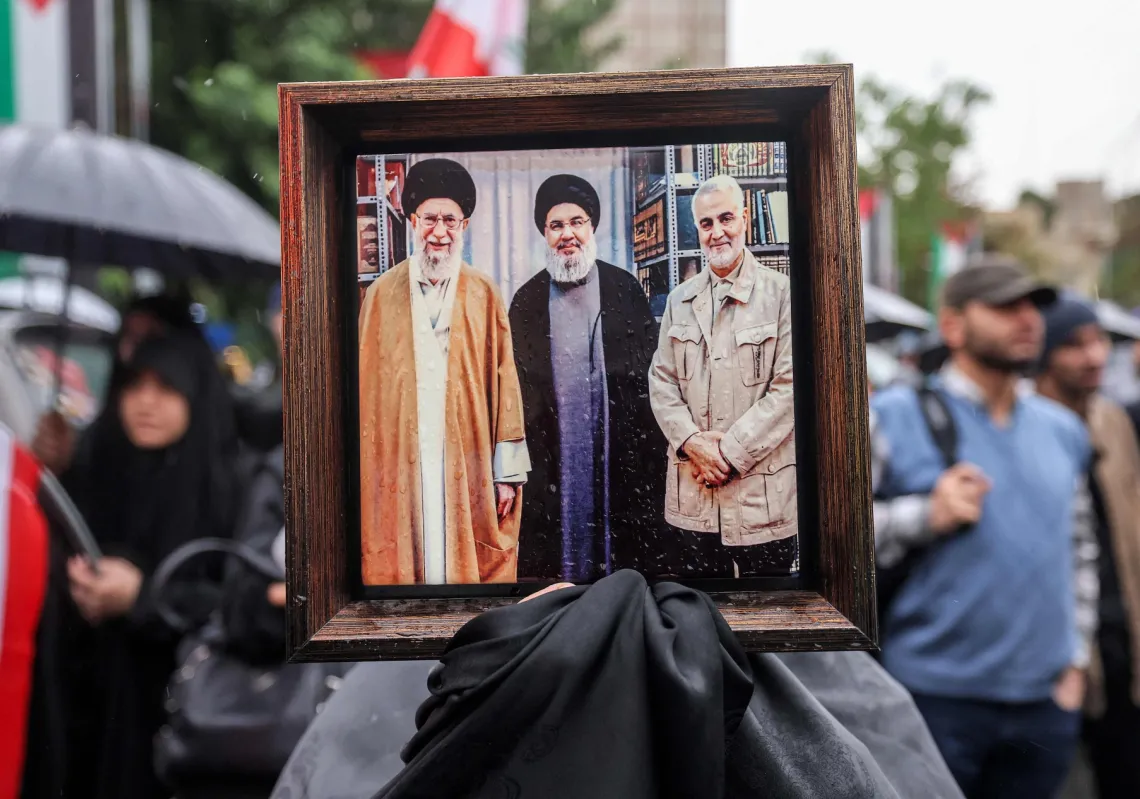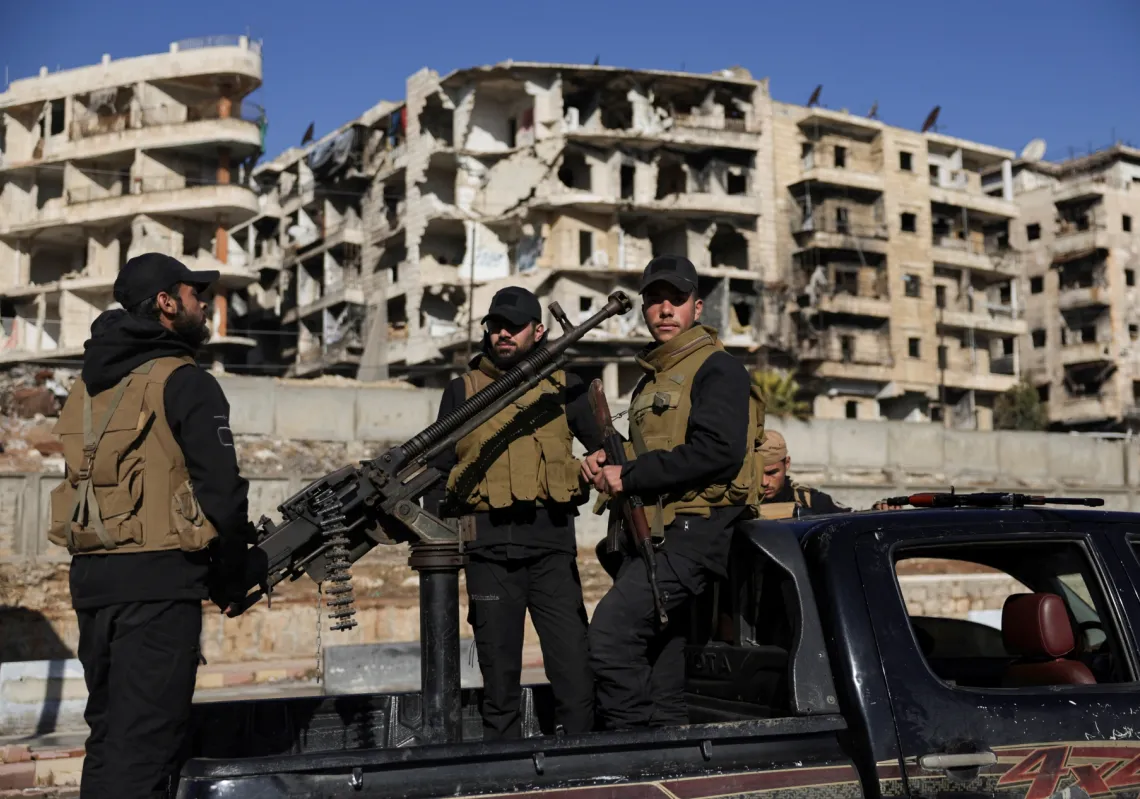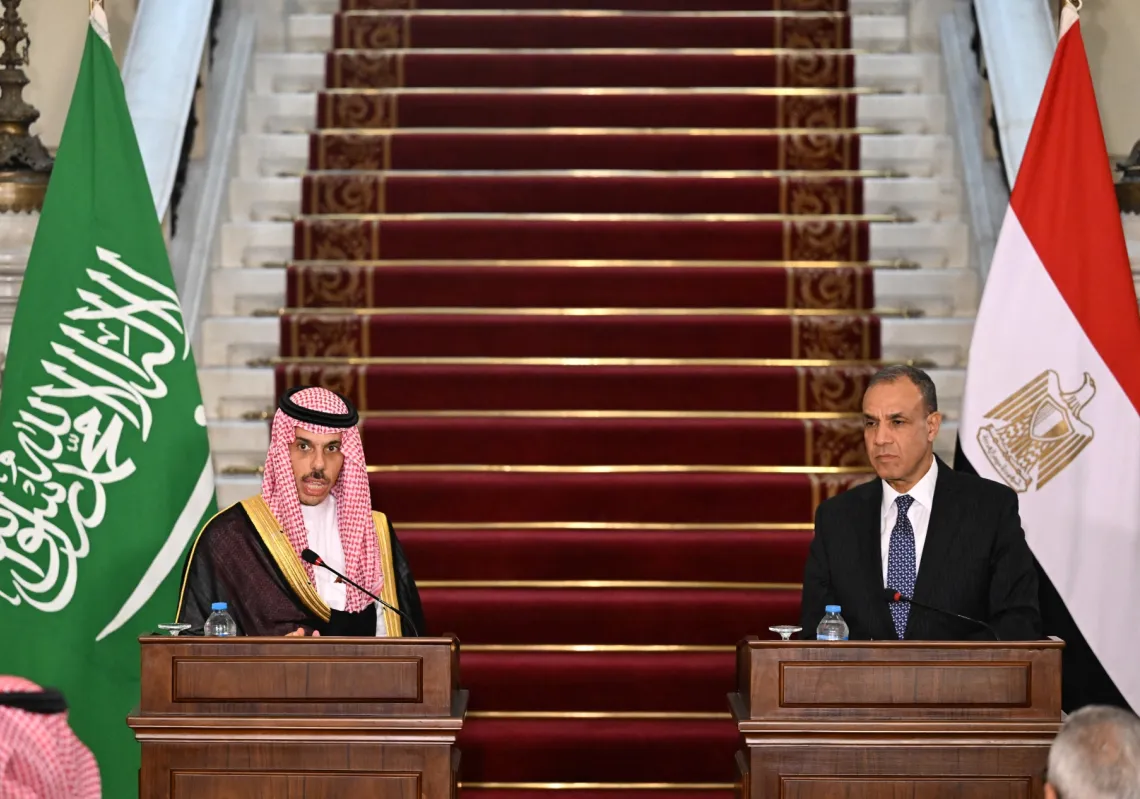In 1941, Sir Winston Churchill paid one of his many visits to Canada—a former British colony turned Commonwealth ally— which had always been dear to his heart ever since his first trip back in 1901. The very first visit took place shortly after his election to the House of Commons. Back then, the future prime minister of Great Britain was already famous; he had already written five books, fought four wars, and received accolades for his outstanding war journalism. He kept returning to Canada before and during World War II, often for meetings with his wartime ally, US President Franklin Roosevelt.
During his Christmas visit in 1941, Churchill sat down for a brief photography session with Armenian photographer Yousuf Karsh on 30 December 1941. It took place in the speaker’s chamber of the Canadian parliament and was arranged by the Canadian premier, Mackenzie King, resulting in one of the most iconic portraits of the 20th century. With one hand on his hip, Churchill put on his famous bulldog face, which became familiar to millions across the world and synonymous with the fight against Nazism.
Armenian from Syria
Yousuf Karsh was one of the leading portraitists of his generation. He was born in the Syrian town of Mardin (present-day Turkey) in 1908. His father was a roaming salesman of rugs and oriental spices, while his mother was an educated and well-read woman, which was rare for her time and age.
Fleeing the Armenian Genocide under the Ottomans, the Karsh family settled in Aleppo in 1922 before immigrating to Canada in December 1923. Like thousands of other émigrés, Karsh went through a difficult transition; at 15, he was penniless, had no formal schooling, and spoke little French and almost no English. He apprenticed in photography with John H. Garo—a Boston-based American photographer, and opened his own studio in Canada in 1932.
In 1936, Canadian premier Mackenzie King discovered Karsh’s talent, hiring him to take photos of visiting dignitaries, including Winston Churchill, a year and a half after becoming prime minister of his own country in May 1940.
'The Roaring Lion'
Karsh was only 33; Churchill was more than twice his age, at 67. He was young and unknown, yet he gathered the courage to walk straight up to Churchill, where he snatched the cigar from his mouth and said: “Excuse me, Sir.” He then politely explained that smoke would “interfere with perfection.” Karsh would later say: "By the time I got back to the camera, he looked so belligerent, he could have devoured me.” But Churchill seemed to admire Karsh’s audacity, telling him: “You can make a roaring lion stand still to be photographed," which inspired the photographer to call the portrait “The Roaring Lion.”

Churchill loved it and judged all future works based on Karsh’s mastery. On the occasion of his 80th birthday, the British parliament presented him with a life-size portrait drawn by British artist Graham Sutherland in 1954. Whereas Karsh’s portrait showed him as strong and defiant, Sutherland portrayed him as old and feeble. Churchill disliked it instantly, taking it down and ordering it destroyed.
World-famous
That single portrait made Churchill happy and Yousef Karsh both rich and famous. For what remained of the decade, he would go on to take photos of some of the world’s leading celebrities: Princess Elizabeth (later queen of England) and George Bernard Shaw (both in 1943), General Dwight Eisenhower (later president of the US) and Hollywood star Humphrey Bogart (1946), and Albert Einstein (1948).
In 1954, the restless Spanish artist Pablo Picasso sat down for a long photography session with Karsh, followed two years later by Hollywood legends Audrey Hepburn and Grace Kelly, shortly before her marriage to Prince Rainier of Monaco. In 1957, he took a famous picture of American novelist Ernest Hemmingway, making him look like the lead character in his 1952 classic Old Man and the Sea.
He took two notable portraits in the 1960s: one of civil rights leader Martin Luther King in 1962 and another of Soviet leader Nikita Khrushchev dressed in fur (1963), followed by world boxing champion Mohammad Ali (1970), Fidel Castro (1971), and Mother Theresa (1988).
"What emerged in my mind and, I trust, in the portrait, was the dedication of the man and his clear vision of ultimate victory."
– Yousuf Karsh
Karsh, an Armenian Genocide survivor who became a prominent photographer, photographed Martin Luther King Jr. in 1962.#MLK #MLKDay pic.twitter.com/SXAE7WgoI7
— Shant|Շանթ (@Karmir_Kovkas) January 19, 2021
“The Roaring Lion”, however, would always remain the most iconic of all his works, making it to the cover of LIFE on 21 May 1945. Karsh would later say: “My portrait of Winston Churchill changed my life. I knew after I had taken it that it was an important picture, but I could hardly have dreamed that it would become one of the most widely reproduced images in the history of photography.”
One print was framed in the speaker’s chamber of the Canadian parliament, and in 2008, it appeared on a Canadian stamp and, later, on the five-pound British currency. A signed gold-toned original was hung in the guest room of the Fairmont Chateau Laurier Hotel in the Canadian capital, where Karsh lived with his wife (who is still alive at the age of 94) and from where he operated his studio between 1972 and 1992.
Stolen but later recovered
Two years ago, that portrait was declared “stolen” by a hotel maintenance worker who noticed that its frame did not match with other portraits donated by Karsh to the hotel. Investigations showed that the photo had been replaced with a poorly signed decoy sometime between 25 December 2021 and 6 January 2022. The mystery dragged on for two years until it was resolved last week, on 11 September 2024, when Canadian police announced that the original had been found in Italy after an international forger and thief was arrested in April.
Few took notice, however, given that the report appeared on the very same day as Donald Trump and Kamala Harris were tearing each other apart at the second and last US presidential debate. The original photo will now return to its rightful location – with much better security – for visitors to admire, hanging in the guest room near a bust of Yousuf Karsh at the entrance of the Ottawa hotel, who died at the old age of 93 on 13 July 2002.












